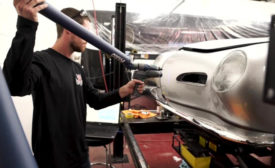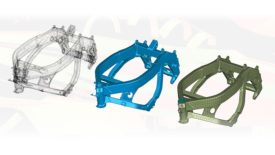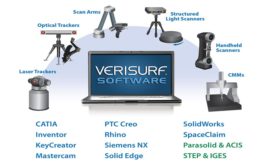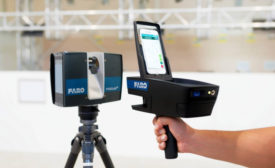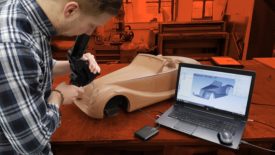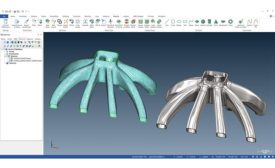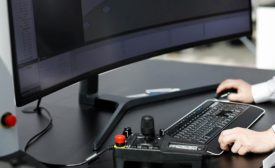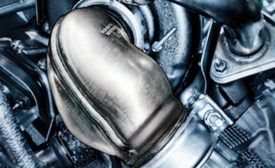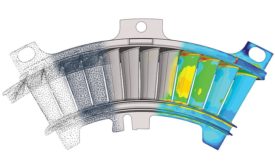Home » Keywords: » reverse engineering software
Items Tagged with 'reverse engineering software'
ARTICLES
Software & Analysis
Reverse Engineering Software For 3D
Once the model has been generated, you can use the software to analyze the model.
June 6, 2023
Software & Analysis
Reverse Engineering Software: Who? What? When? Where? Why?
Reverse engineering is used practically everywhere and in every industry.
September 1, 2022
Quality Control With 3D Scanning
3D scanners are quick, accurate and record mass amounts of geometry, making them less laborious and more flexible than basic metrology tools.
January 3, 2022
Software & Analysis
Practical Reverse Engineering
Choosing the right tools for the job.
December 6, 2021
Reverse Engineering Software 101
It is the process of converting a physical part into a digital form.
May 1, 2020
Reverse Engineering for a Model-Based World
The list of reverse engineering applications is long and will continue to grow as engineers create new and creative ways to use the technology.
November 1, 2019
Reverse Engineering: A Basic How-To
The advancements in technology over the last 20 years have been amazing.
June 1, 2017
Stay in the know with Quality’s comprehensive coverage of
the manufacturing and metrology industries.
eNewsletter | Website | eMagazine
JOIN TODAY!Copyright ©2024. All Rights Reserved BNP Media.
Design, CMS, Hosting & Web Development :: ePublishing
